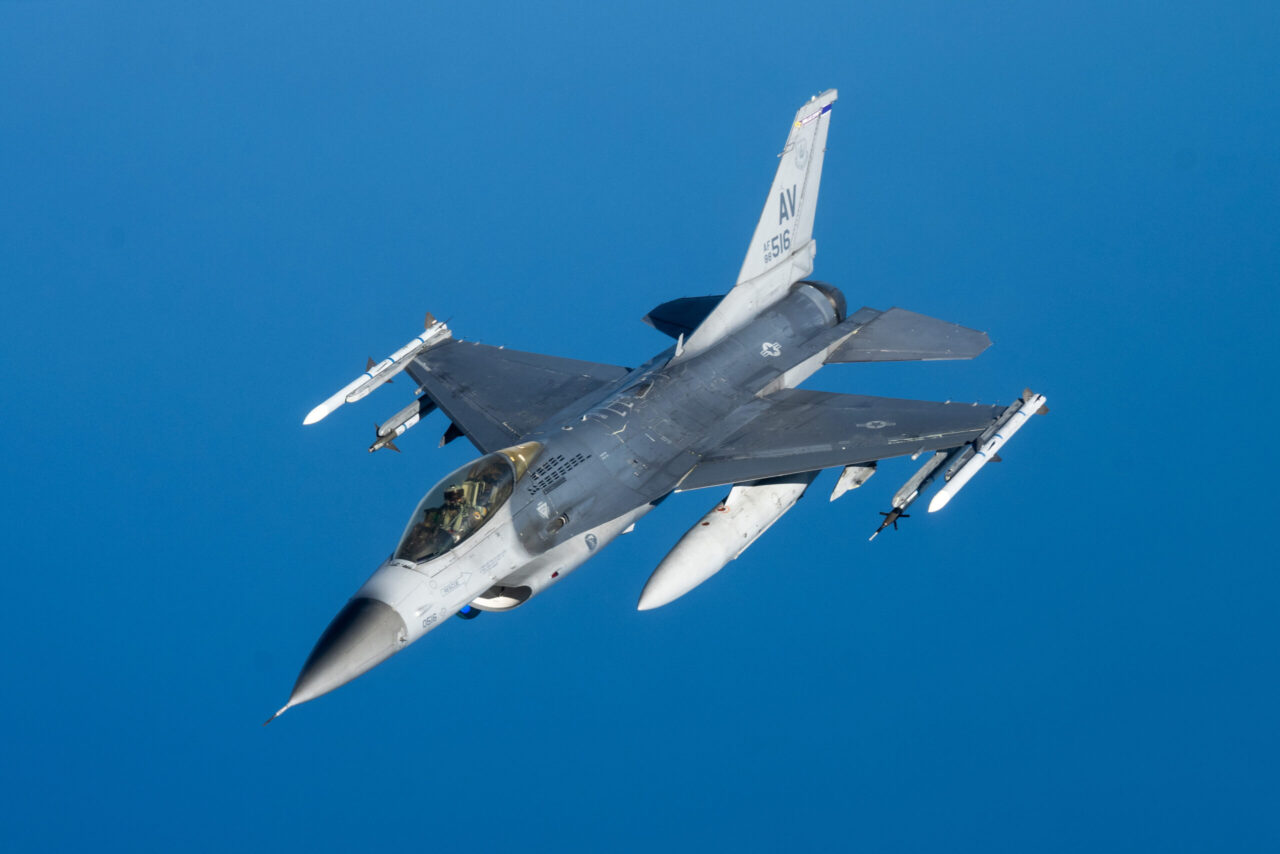Poland has finalized a significant agreement with the United States government to modernize its F-16 fleet, a move valued at over $3 billion. The contract, signed on August 18, 2025, designates Lockheed Martin as the prime contractor, with collaboration from Poland’s defense industry. This upgrade aims to enhance the capabilities of the F-16 Fighting Falcon, ensuring its relevance in today’s evolving security landscape.
The push for modernization comes amid heightened tensions in Eastern Europe, particularly in light of the ongoing conflict in Ukraine and its appeals for advanced military support. The F-16, despite being an older platform, remains a formidable asset, bolstered by upgrade packages that significantly enhance its operational capabilities.
Wladyslaw Kosiniak-Kamysz, Poland’s Deputy Prime Minister and Minister of National Defense, emphasized the strategic necessity of this deal. He stated, “Polish pilots love this [F-16] aircraft and are proud of it — we already have generations of trained crews. The current capabilities of the F-16 C/D version are good, but after 20 years, they are insufficient to address the threats. We need to improve reconnaissance capabilities, communications, integration with the F-35, Abrams, and Apache, as well as the ability to operate in any domain.”
Kosiniak-Kamysz also noted that the modernization will transition Poland’s fleet from the C/D Block 52 variant to the more advanced F-16V Block 72, which has been acquired by other nations, including Slovakia.
The F-16 Fighting Falcon: A Legacy of Innovation
The F-16 has been a cornerstone of the United States Air Force for nearly four decades. Originally developed in the wake of the Vietnam War, it was designed as an air superiority platform to meet the demands of modern aerial combat. The Lightweight Fighter program, initiated in the early 1970s, aimed to create a lightweight, agile air-to-air fighter capable of high speeds and altitudes. General Dynamics’ prototype ultimately triumphed in this initiative, leading to the creation of the YF-16.
One of the pioneering aspects of the F-16 is its incorporation of the Energy Maneuverability Theory, developed by Colonel John Boyd and mathematician Thomas Christie. This theory posits that a fighter jet that can maneuver with minimal energy loss will have a significant advantage in dogfights. The F-16’s design reflects this principle, allowing it to outperform rivals in agility and combat endurance.
In terms of armament, the F-16 is equipped with nine hardpoints for weapon payloads. It can carry a variety of air-to-air missiles, including the AIM-9 Sidewinder and Raytheon AMRAAM, as well as air-to-surface munitions such as the HARM and Maverick missiles. Its extensive combat history, including participation in operations like Allied Force and the War on Terror, underscores its effectiveness in various mission profiles.
Poland’s decision to upgrade its F-16 fleet is a strategic response to regional security dynamics, particularly given its proximity to Russia. By enhancing its aerial defense capabilities, Poland aims to bolster its military readiness in an increasingly complex security environment.
As Poland embarks on this modernization journey, the implications for its defense capabilities and regional security will be closely monitored by both allies and adversaries. The F-16 modernization program not only reflects Poland’s commitment to maintaining a robust defense posture but also highlights the evolving nature of military technology in the face of contemporary threats.





































































